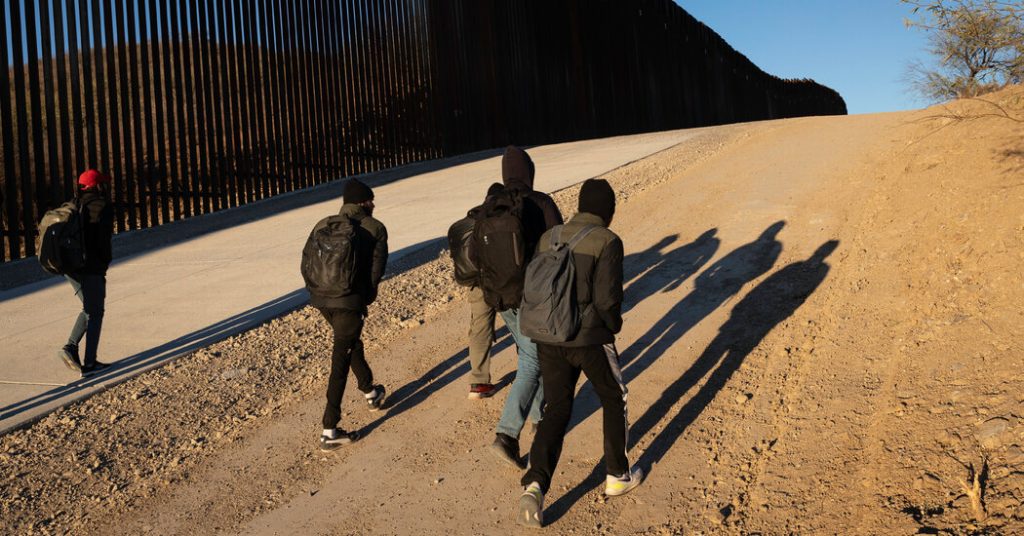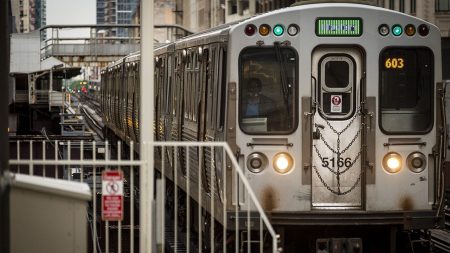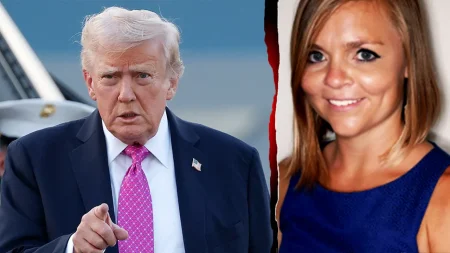In a dramatic turn of events, the United States has escalated its immigration crackdown by deporting a large group of Indian nationals in a military aircraft—marking a significant and rare move in U.S. immigration enforcement. At least 100 individuals were on board the plane, which landed in India on Wednesday. This was not only one of the longest deportation flights under the Trump administration but also a clear sign that even nations with favorable ties to Trump’s government—like India—are not exempt from his stringent immigration policies.
A First for U.S.-India Deportations
What makes this case particularly striking is that it appears to be the first instance of an American military aircraft being used for deportations to India. Typically, deportations are carried out via commercial flights, and last year alone, over 1,000 Indians were sent back to their homeland through such means. The fact that a military plane was used suggests a heightened focus on Indian migrants in the broader U.S. immigration crackdown.
India has been among the leading sources of unauthorized immigration to the U.S. In recent years, the number of Indians trying to enter the country illegally, often via Mexico, has surged. This has placed migrants of Indian origin squarely within the purview of U.S. immigration enforcement agencies, making them increasingly vulnerable to mass deportations like this one.
India’s Delicate Balancing Act
This situation poses an interesting challenge for India’s government, led by Prime Minister Narendra Modi. Modi and Trump have publicly demonstrated a warm relationship, a partnership that many in Modi’s administration believe gives them leverage with the U.S. government. Indian officials have previously reassured their people that they are in a better position than most other countries when dealing with the Trump administration.
Moreover, the Indian government has historically been open to accepting deportees, particularly as part of its broader diplomatic strategy with the U.S. However, the issue is not without controversy domestically, and not all Indian officials are pleased with Trump’s approach.
Kuldeep Singh Dhaliwal, a minister in Punjab—the Indian state where the plane landed—did not hold back in his criticism. He condemned Trump’s stringent immigration policies and called on Modi’s government to push back harder against these deportations.
"The Indian federal government must take this very seriously—after all, there are people from many Indian states who have been deported," Dhaliwal remarked. He acknowledged that these individuals might have entered the U.S. illegally but stressed that their main motivation was securing better livelihoods. For him, their situation warrants more compassion, not harsh retribution.
A Growing Population of Undocumented Indians
The Pew Research Center estimated in 2022 that more than 700,000 undocumented Indian immigrants were residing in the U.S., making them one of the largest unauthorized immigrant groups in the country—second only to those from Mexico and El Salvador.
Recent reports from Indian media have suggested that nearly 20,000 more Indian nationals are awaiting deportation orders. That number reflects the increasing number of Indian migrants attempting to cross into the U.S. illegally in recent years. In 2023 alone, over 25,000 Indian migrants were arrested for trying to cross the southern U.S.-Mexico border.
Interestingly, Indian nationals have not only contributed to illegal crossings at the southern border but have also been increasingly apprehended at the northern border with Canada. This highlights a shift in migration patterns, as more individuals are seeking alternative routes to enter the U.S., faced with tightening security at traditional entry points.
What Lies Ahead for Deportees?
As the deported Indian nationals arrive back home, significant concerns remain about their reintegration into Indian society. Dhaliwal expressed his deep sympathy for these individuals and assured that he would be present at the airport to receive them. He emphasized that they should not be treated as criminals upon their return.
The plight of these deportees highlights the complexities surrounding immigration—both in the U.S. and in their home countries. While some see their return as part of a necessary enforcement of immigration laws, others view them as individuals who were simply chasing better job opportunities and a brighter future.
Beyond the legal and political ramifications, there is also a strong humanitarian argument. Many of these individuals left behind families and made vast financial and emotional sacrifices to pursue their American dreams. Their forced return shatters those aspirations, often leaving them in very uncertain circumstances back in India.
The Bigger Picture
This mass deportation reinforces a broader trend under Trump’s immigration policies—one that aggressively cracks down on undocumented migrants, regardless of nationality. It also serves as a stark reminder that even countries with strong political ties to the U.S. are not immune from these strict policies.
India now faces a diplomatic challenge. While it has expressed a willingness to accept deported citizens, officials like Dhaliwal believe the federal government needs to advocate more strongly for these individuals. The question remains: Will New Delhi take a firmer stance against these mass deportations, or will it continue to toe a careful diplomatic line?
For the deported individuals, their journey does not end with their forced return—it begins anew. They must now rebuild their lives in a country they once left, with new uncertainties ahead.











